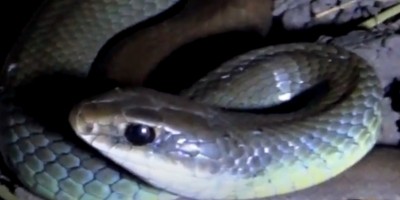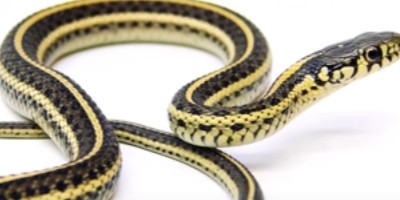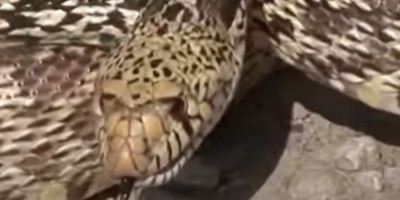
Common Snake Species in Colorado Springs
 Western Yellow-bellied Racer:
Also known as the western racer, the western yellow-bellied racer (Coluber constrictor Mormon) is a long, slender, non-venomous snake commonly found throughout the western United States. These snakes venture as far south as Mexico, and their range reaches as far north as British Colombia. Their bodies are a blend of greens, blues, and browns, with a distinctive namesake: the yellow belly. In total, they grow up to a remarkable 55 inches in length. Preferring open habitats, the western racer thrives in dry open upland forests, grasslands, and shrubby habitats that are found throughout western North America. Their diets are broad, including anything from insects, frogs, lizards, birds, and small mammals.
Western Yellow-bellied Racer:
Also known as the western racer, the western yellow-bellied racer (Coluber constrictor Mormon) is a long, slender, non-venomous snake commonly found throughout the western United States. These snakes venture as far south as Mexico, and their range reaches as far north as British Colombia. Their bodies are a blend of greens, blues, and browns, with a distinctive namesake: the yellow belly. In total, they grow up to a remarkable 55 inches in length. Preferring open habitats, the western racer thrives in dry open upland forests, grasslands, and shrubby habitats that are found throughout western North America. Their diets are broad, including anything from insects, frogs, lizards, birds, and small mammals.
 Plains Black-headed Snake:
The plains black-headed snake (Tantilla nigriceps) are small snakes growing no longer than 15 inches. Their bodies are orange or pink, with a white underbelly. Their heads are a characteristic black, as is their namesake. You’ll find these creatures in rocky or grass prairies. They like a moist environment, so on occasion, they can even be found in basements. These creatures are renowned for their secretive nature, burrowing or slithering beneath the leaf litter. There they hunt for small insects and invertebrates, such as centipedes, worms, spiders, and more. They are non-venomous and pose no threat to humans.
Plains Black-headed Snake:
The plains black-headed snake (Tantilla nigriceps) are small snakes growing no longer than 15 inches. Their bodies are orange or pink, with a white underbelly. Their heads are a characteristic black, as is their namesake. You’ll find these creatures in rocky or grass prairies. They like a moist environment, so on occasion, they can even be found in basements. These creatures are renowned for their secretive nature, burrowing or slithering beneath the leaf litter. There they hunt for small insects and invertebrates, such as centipedes, worms, spiders, and more. They are non-venomous and pose no threat to humans.
 Bullsnake:
Bullsnakes (Pituophis catenifer sayi) are one of the largest snakes in all of North America. At their greatest, they reach a phenomenal 8 ft. in length, making them longer than some cars. However, most bullsnakes range from 4 to 6 ft. Their large size and powerful, muscular bodies make them ferocious predators. By constricting their prey to death, they feast upon everything from mice, moles, and rats, to lizards, rabbits, and birds. They’ll even eat rattlesnakes and so are often seen as pest management. To spot a bullsnake: look for the yellow, brown, white, or black blotching, as well as the bands of black on the tail. They’re easily mistaken for rattlesnakes, and so are sometimes killed. But are harmless and can even be helpful.
Bullsnake:
Bullsnakes (Pituophis catenifer sayi) are one of the largest snakes in all of North America. At their greatest, they reach a phenomenal 8 ft. in length, making them longer than some cars. However, most bullsnakes range from 4 to 6 ft. Their large size and powerful, muscular bodies make them ferocious predators. By constricting their prey to death, they feast upon everything from mice, moles, and rats, to lizards, rabbits, and birds. They’ll even eat rattlesnakes and so are often seen as pest management. To spot a bullsnake: look for the yellow, brown, white, or black blotching, as well as the bands of black on the tail. They’re easily mistaken for rattlesnakes, and so are sometimes killed. But are harmless and can even be helpful.